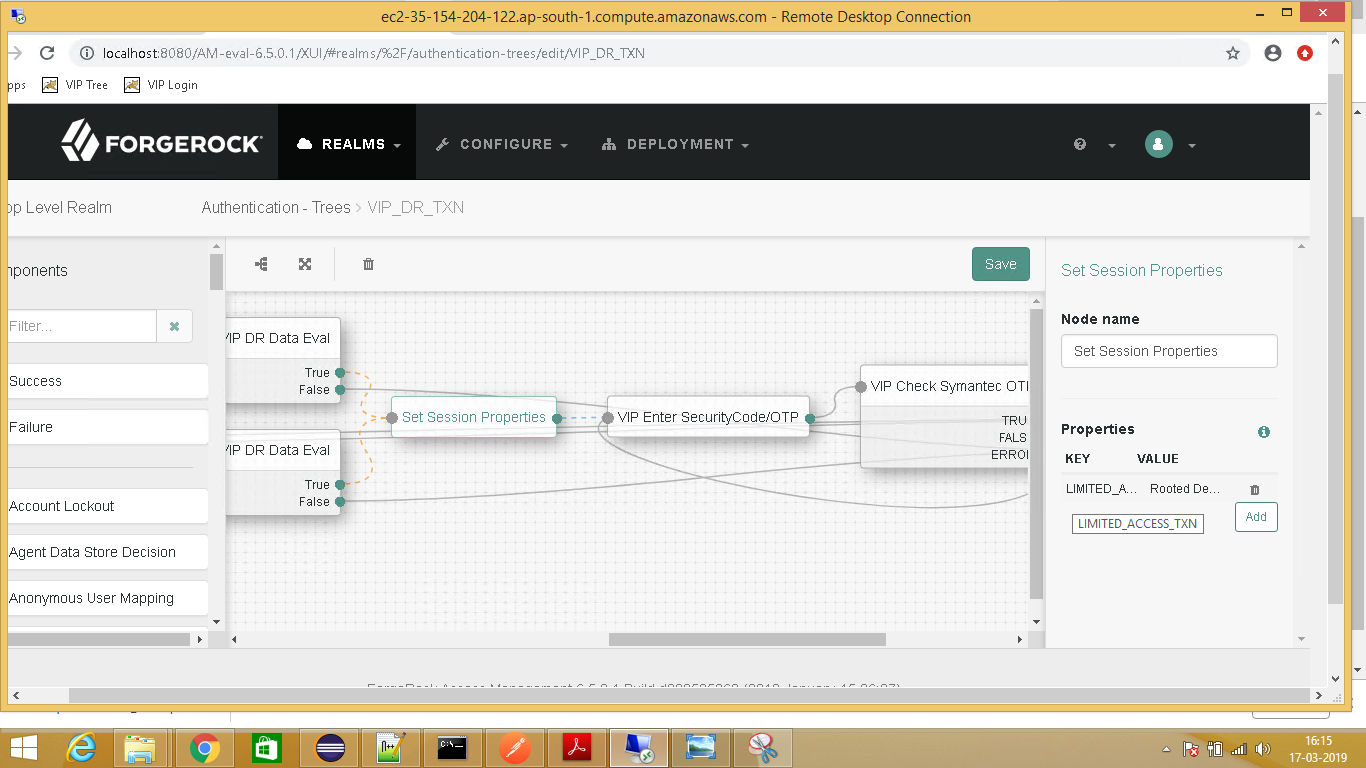

Analytics integrates across Firebase features and To retrieve either type, you use the get_collection method as shown below, with abbreviated output.At the heart of Firebase is Google Analytics, an unlimitedĪnalytics solution available at no charge. For example, the ltm or net module listing would be an organizing collection, whereas ltm/pool or net/vlan would be collections. An organizing collection is a superset of other collections. There are two types of collections (well three if you include subcollections, but we’ll cover those in a later article,) organizing collections and collections.

This will be more clear as we work through examples in later articles, but I wanted to provide a little guidance before moving on. If there is a collection already ending in an s, like the subcollection of a pool in members, it would be addressed as members_s. It's plural here because we are signifying the collection. In the URL, this would be For the SDK, at the collection level the command would be b.tm.ltm.pools. Consider the tmsh command tmsh list /ltm pool. The method mappings are tied to the tmsh and REST URL ids. This is the root object you’ll use (of course you don’t have to call it b, you can call it plutoWillAlwaysBeAPlanetToMe if you want to, but that’s a lot more typing) for all the modules you might interact with on the system. The b object has credentials attached and various other attributes as well, such as the tmos_version attribute shown above. > b = ManagementRoot('', 'admin', 'admin', token=True) > b = ManagementRoot('', 'admin', 'admin')
#VIP ACCESS SDK CODE#
I disable the certificate security warnings on my test boxes, but the first two lines in the sample code below are not necessary if you are using valid certificates You can use basic or token authentication to do so. The first thing you’ll want to do with your shiny new toy is authenticate to the BIG-IP. I'd recommend installing in a virtual environment to keep your system python uncluttered, but YMMV.Ī simple one-liner and we're done! Moving on. This section is going to be really short, as the SDK is uploaded to PyPI after reach release, though you can clone the GitHub project and run the development branch with latest features if you so desire.
#VIP ACCESS SDK HOW TO#
Not all endpoints are supported yet, but please feel free to open an issue on the GitHub repo if there’s something missing you need for your project. In this article, I’ll cover the basics of installing the SDK and how to utilize the core functionality. The f5-common-python SDK is under continuous development in support of the iControl REST interface, and like Bigsuds, does a lot of the API heavy lifting for you so you can just focus on the logic of bending BIG-IP configuration to your will.
#VIP ACCESS SDK UPDATE#
It’s past time to update those numbers as the forth library in our python support evolution, the f5-common-python SDK, has been available since March of last year! I still love Bigsuds, but it only supports the iControl SOAP interface. I imagine the progression for you, the reader, will be something like this in the first six- or seven-hundred milliseconds after reading the title: Oh cool! Wait, what? Don’t we already have like two libraries for python? Really, a third library for python? If you have dabbled with python and iControl over the years, you might be familiar with some of my other “ Getting Stared with …” articles on python libraries.


 0 kommentar(er)
0 kommentar(er)
